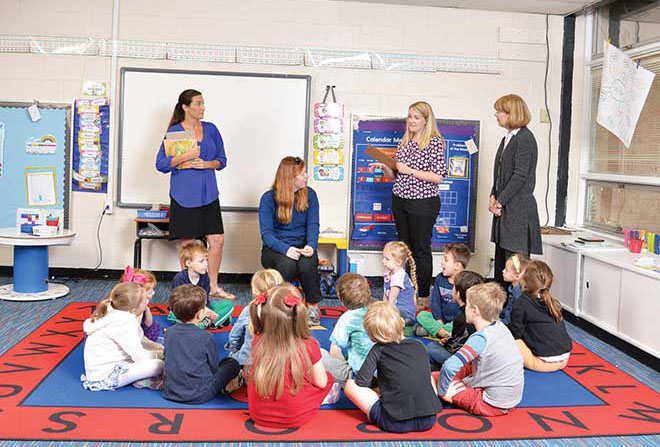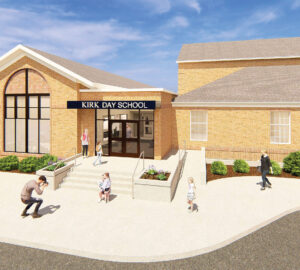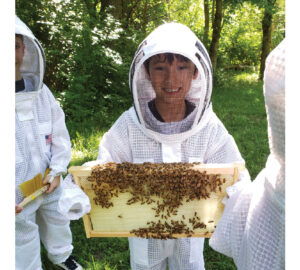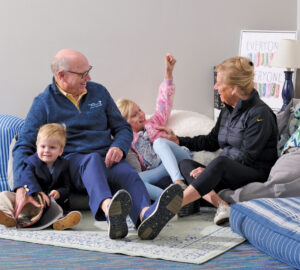The idea that students learn best by doing is not a new one. Philosopher and education reformer John Dewey argued for it in the late 19th century. Yet so much of contemporary education seems to be dominated by standardized tests and written homework, ignoring real world application. Rohan Woods School does things differently. The independent elementary school has integrated a project-based learning initiative called Project Approach into its curriculum, allowing students to tackle problems creatively while applying fundamental skills.
“Project-based learning allows students to use creativity, problem-solving and collaboration to think outside the box,” says head of school Sam Templin-Page. She explains that the ideas behind this method do not focus on the end product but instead help students learn how to work through a process. While project-based learning is often found at the secondary and postsecondary levels, these are skills that need to be developed before high school, according to Templin-Page. “We are preparing our students for real life and building strong foundations for them,” she says. “Students develop a work ethic and learn how to create a plan. There’s a trial and error component so they learn how to adapt to meet challenges.”
 Project Approach works in addition to traditional instruction in reading, writing and math. It is divided into three phases of planning and developing a project. Teachers are able to step out of the role of instructors and instead serve as guides and sounding boards, Templin-Page explains. The process is driven by students’ ideas and peer collaboration. Students pick topics and conduct their own investigations, requiring them to apply skills and knowledge while also developing their interests.“It can be a messy process, but it’s a mess we love to have at Rohan Woods,” she says. “Students use different materials, media and methods during the creative problem solving process. As they create, they innovate, and they feel good about what they’re doing.”
Project Approach works in addition to traditional instruction in reading, writing and math. It is divided into three phases of planning and developing a project. Teachers are able to step out of the role of instructors and instead serve as guides and sounding boards, Templin-Page explains. The process is driven by students’ ideas and peer collaboration. Students pick topics and conduct their own investigations, requiring them to apply skills and knowledge while also developing their interests.“It can be a messy process, but it’s a mess we love to have at Rohan Woods,” she says. “Students use different materials, media and methods during the creative problem solving process. As they create, they innovate, and they feel good about what they’re doing.”
Templin-Page says the students have responded positively. During a science excursion last year, fifth- and sixth-graders visited the Huntsman Marine Center in St. Andrews, New Brunswick, where they heard a lecture about sustainability. The harmful impact of drinking straws on marine life was discussed. “It really motivated our students, and they brought this question of sustainability back to Rohan Woods,” Templin-Page says. “Because they get to choose their own topics, we had several groups looking at the issue from different angles.” One group researched the viability of replacing or eliminating straws from the school while another developed a business plan. A third worked on marketing and coming up with the best way to present the information to the Rohan Woods community.
The process organically facilitates engagement and discovery, according to Templin-Page. “Students get to work on what interests them,” she explains. To show its classes in action, Rohan Woods is hosting an open house Nov. 7 from 8:30-10:30 a.m.
Rohan Woods is an independent elementary school for students age 2 to grade six. Its mission is to provide a challenging academic program, emphasizing personal responsibility and respect for all individuals. Pictured on the cover: Matthew Heuermann, head of school Sam Templin-Page, Nora Lipic. For more information, call 314.821.6270 or visit rohanwoods.org.
Cover design by Allie Bronsky | Cover photo by Bill Barrett








